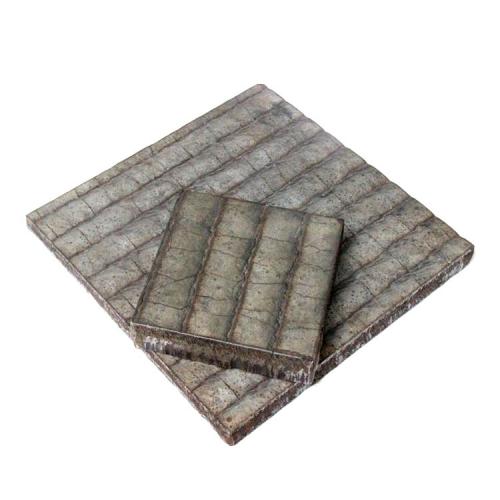What is the difference between wear plates and ordinary steel plates?
Steel plates, as one of the basic materials, play an indispensable role in the industrial manufacturing and heavy equipment industries. Different application environments have different requirements for steel plate performance, so it is crucial to choose the right steel plate. Especially in high-wear environments, CCO Wear Plate (chromium carbide wear-resistant steel plate) shows stronger durability and economy than ordinary steel plates.
Basic definition of ordinary steel plates and wear-resistant steel plates
Ordinary steel plates usually refer to low-carbon or medium-carbon steels such as Q235 and A36, which are mainly used in building structures, machinery manufacturing, bridges, and transportation tools. This type of steel plate is characterized by low cost and strong processability, but its hardness and wear resistance are relatively low and cannot cope with high-intensity wear scenarios.
CCO Wear Plate, namely Chromium Carbide Overlay Wear Plate, is a composite steel plate with a high-hardness alloy layer on the surface, often referred to as a composite wear plate. Its surface contains a large amount of chromium carbide particles, which significantly improve the hardness and wear resistance, and is widely used in high-wear industries such as mining, construction, and metallurgy.
Performance Comparison Analysis
In terms of hardness, ordinary steel plates are generally lower than HRC 30, while the surface hardness of CCO wear-resistant steel plates can usually reach HRC 58-65, far exceeding traditional steel. This allows it to maintain structural integrity when subjected to long-term wear.
In terms of wear resistance, the life of CCO Wear Plate is 15 times that of ordinary low-carbon steel and 5 to 8 times that of heat-treated steel. Thanks to the chromium carbide structure, the steel plate maintains stable performance under high-speed impact or material sliding wear.
In addition, its impact resistance and heat resistance are also excellent, especially in environments with high temperatures or corrosive particles. The base plate of the CCO steel plate is ordinary steel with good toughness, while the surface cladding layer bears high-intensity wear, thus forming excellent bimetallic properties. This structure is also called a Bimetallic wear-resistant composite steel plate or bimetal welding wear plate.
Differences in the production process
Ordinary steel plates are mainly made by hot rolling or cold rolling. Although the process is simple and efficient, it is easy to produce inherent defects such as coarse grains and microcracks.
In contrast, CCO wear-resistant steel plates use advanced metallurgical technologies such as automated surfacing, high-precision laser/plasma cutting, and multi-pass surface treatment to ensure that their composite structures are uniform and tightly bonded. Strict quality control further improves their reliability and consistency.
Typical application scenarios
Ordinary steel plates are widely used in buildings, bridge structures, general machinery shells and body structures, etc., and are sufficient for occasions with low wear resistance requirements.
CCO Wear Plate is an ideal choice for high-wear environments. In the mining and quarrying industries, it is often used for chutes, hoppers, and crusher linings; in the cement industry, it is used for mixing blades and liners; in the heavy machinery industry, it is the first choice for parts such as excavator buckets and dump truck compartment liners.
The core difference between CCO wear-resistant steel plates and ordinary steel plates is their significantly superior wear resistance and structural life. Although the former is slightly more expensive, the frequency of replacement and maintenance is greatly reduced in long-term use, and the overall operating cost is lower. In a high-wear environment, the selection of high-performance materials such as Chromium Carbide Overlay Wear Plate is undoubtedly the key choice to ensure production efficiency and safety.
In the process of material selection, understanding the performance differences of different steel plates can help engineers make more scientific and reasonable decisions, thereby extending the service life of equipment and improving project benefits.
Post time: Apr-21-2025
